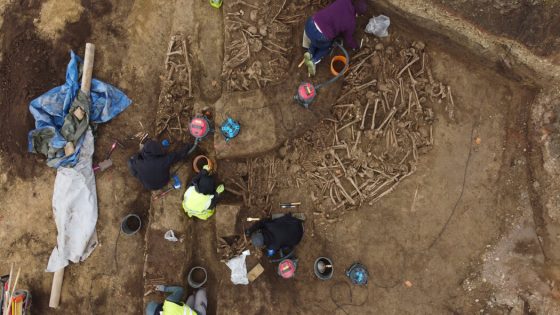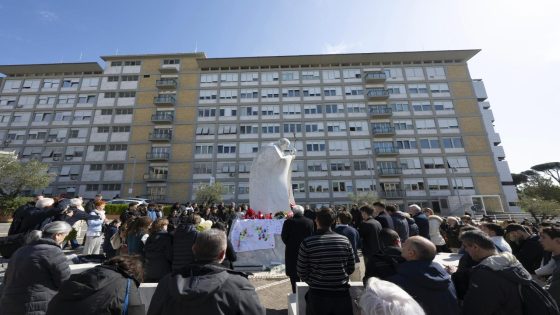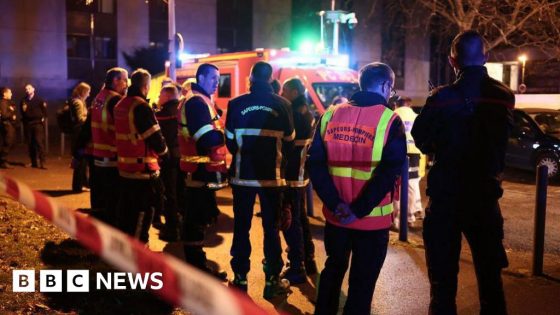Archaeologists have discovered a mass grave dating back to the Roman Empire beneath a soccer field in Vienna’s Simmering district. The find, announced on April 5, 2025, is linked to a military event involving Roman troops and Germanic tribes nearly 2,000 years ago.
- Mass grave found under soccer field in Vienna
- Dates back to Roman Empire's battles
- Discovered during field renovations in Simmering
- Items found include iron dagger and armor
- Rare uncremated remains from first century A.D.
- Unique opportunity to study ancient life histories
The grave was uncovered in October 2024 during renovations by a construction company. Experts from the Vienna Museum believe the site may represent a catastrophic military defeat, as indicated by the artifacts and skeletal remains found, which include weapons and distinctive Roman military footwear.
The discovery of the mass grave provides a rare glimpse into the past, particularly since cremation was the predominant practice among ancient Romans until the third century A.D. The grave’s dating, between A.D. 80 and 234, coincides with the reign of several Roman emperors, including Domitian and Trajan, who faced conflicts with Germanic tribes in the region.
Key findings from the site include:
- An iron dagger and lance points.
- Scale armor and a cheek piece of a helmet.
- Shoe nails from Roman military shoes known as caligae.
Lead anthropologist Michaela Binder noted the significance of finding uncremated remains, stating that such discoveries are exceedingly rare in middle Europe for this period. This unique opportunity allows researchers to study the life histories of individuals from the first century A.D. in greater detail.
The mass grave not only sheds light on the military history of the Roman Empire but also offers insights into the burial practices and societal norms of the time. The findings are expected to contribute significantly to the understanding of Roman military engagements and their aftermath in ancient Europe.
This archaeological find underlines the importance of preserving historical sites and the insights they provide into ancient civilizations. The ongoing research will likely reveal more about the lives and deaths of those who lived during the Roman Empire’s expansion into central Europe.

































